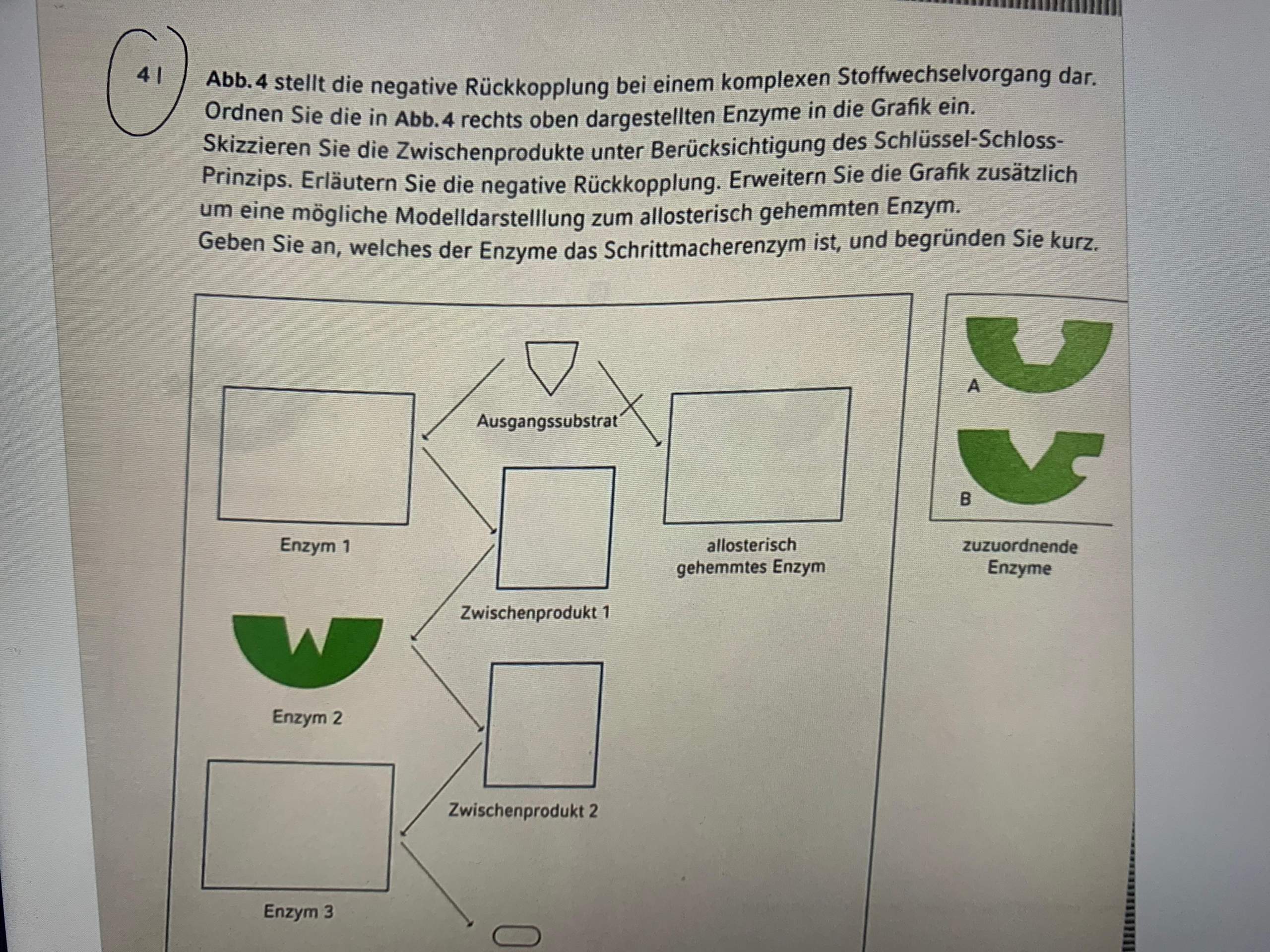Negative feedback?

Hello, could someone help me with this illustration and explain it to me because despite researching I still don't understand how it works or what it is.
I've been working on this task for a while now, but I can't seem to make any progress… Can anyone help me?
When I look at pictures, they look like they are anorexic, but people always say that they are so thin because of genetics So, which is true? Are you healthy and slim, or are you anorexic?
Hi, I don't want to eat anything or anything. I'm just interested in mycology. Are these porcini mushrooms?
So my dad is 1.86 and my mom is 1.65. I'm 13 now and 1.73, just at the beginning of puberty, and wanted to ask if I can still grow to 1.90, because that's my dream height. I also wear a size 44 shoe. I've heard that you get your growth spurt at 14, so…
Does anyone know what kind of animal that was/is?
Hi.
So this is about the so-called end product inhibition. An end product of a metabolic pathway has an inhibitory effect on the enzyme of the 1st metabolic reaction of the metabolic pathway. This reduces the entire metabolic pathway.
It makes sense to save energy and resources. Because if the end product is there, it does not need to be formed. It therefore has a inhibiting effect on the first metabolic reaction of the entire metabolic pathway. This is also called negative feedback.
The end product is thus presented in the form of a pill and should be placed as an allosteric inhibitor outside fit the active center of the enzyme to which the substrate binds. This is the key to the whole task.
This would be the case with enzyme B, because B has a matching recess on the right. So enzyme B comes in at enzyme 1. If this is the case, the binding of the inhibitor (end product) leads to a change in the conformation of the enzyme protein. The altered spatial structure also detects the form of the active center and the enzyme 1 could no longer implement the first reaction of the metabolic pathway. That would be the right branch above “allosterically inhibited enzyme”. B must be pure and the final product, the pill, must be used on the right of the enzyme B. So enzyme with bound inhibitor. At the top left of enzyme 1, B comes in without bound inhibitor.
The rest is just painting again. Intermediate product 1 should have a form which matches the predetermined enzyme 2, i.e. 2 teeth downward. From this, intermediate 2, which should have a form which fits into the active center of enzyme A, which comes pure in enzyme 3. You just have to compare, that’s so polygonal. Then you did it. LG